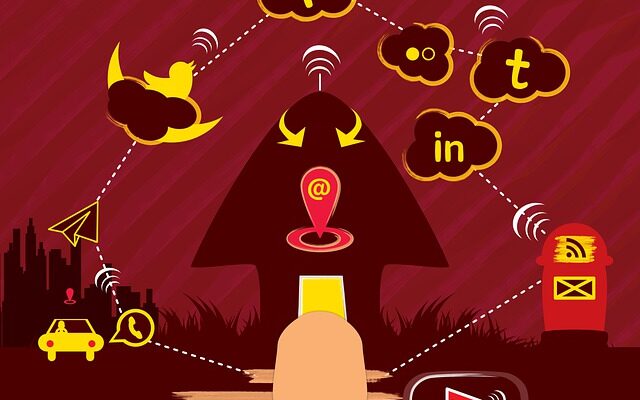Real-Time Language Translation: Breaking Down Barriers
The ability to communicate effectively is fundamental to human existence. In today’s increasingly interconnected world, communication is key to building relationships, conducting business, and creating a better understanding between different cultures. However, language barriers have always posed a significant challenge to effective communication. But what if we could instantly translate languages in real time? This is where real-time language translation technology comes into play.
Real-time language translation automatically translates spoken or written language from one language to another. It is a technology that enables individuals to communicate across different languages without needing a human translator. The technology is made possible by machine learning algorithms, artificial intelligence, and natural language processing.
Real-time language translation has many merits. One of the most significant merits is that it breaks down language barriers. Consequently, people who speak different languages can communicate with each other seamlessly, which can lead to more significant opportunities for business, education, and cultural exchange. Real-time language translation can also help in emergencies, such as when a person needs medical attention but cannot communicate with the medical staff due to a language barrier.
Real-time language translation technology can also help the tourism industry. For example, tourists traveling to a foreign country can use real-time language translation technology to communicate with locals, order food, and navigate the city. This can lead to a more enjoyable travel experience, and it can also help to promote cultural exchange.
Real-time language translation technology is also beneficial for businesses that operate on a global scale. For example, businesses can use real-time language translation technology to communicate with clients and customers in different countries without requiring a human translator. This can help to improve customer service, reduce language barriers, and increase sales.
Real-time language translation technology is not perfect. There are a couple of obstacles that need to be overcome. For example, real-time language translation technology may not be accurate 100% of the time. In addition, the technology’s accuracy can be affected by factors such as dialects, accents, and context. However, as technology continues to evolve, it is expected to become more accurate and efficient.
In conclusion, real-time language translation technology is a game-changer. It has the potential to break down language barriers and promote cultural exchange. In addition, real-time language translation benefits individuals, businesses, and the tourism industry. While some challenges still need to be overcome, the future of real-time language translation technology looks bright. With continued advancements in machine learning algorithms and artificial intelligence, real-time language translation technology will become even more accurate, efficient, and accessible to the general public.











